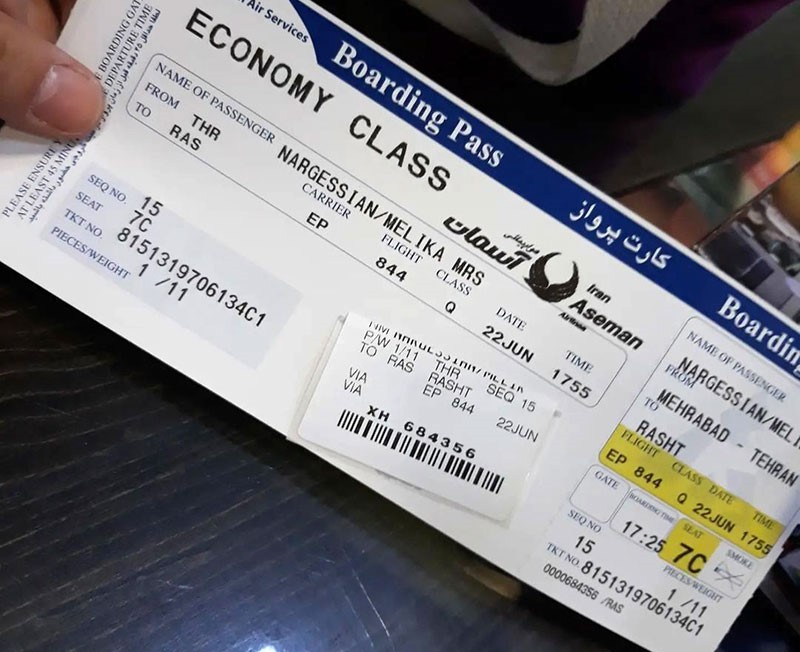In the modern era of global connectivity, air travel has become not just a mode of transportation but a conduit for experiences, opportunities, and adventures. بلیط استانبول At the heart of every journey by air lies a humble yet crucial element: the air ticket. Beyond its practical function as a boarding pass, an air ticket embodies a fascinating blend of artistry and logistical precision, shaping the very essence of our travel experiences.
The Ticket: Gateway to the Skies
An air ticket serves as the tangible manifestation of one’s passage into the realm of aviation. Beyond its physical attributes, it represents the culmination of dreams, plans, and aspirations. Whether it’s a meticulously planned vacation, a crucial business trip, or a spontaneous getaway, the air ticket stands as the threshold between the familiar ground and the boundless sky.
Artistry in Design
While the primary purpose of an air ticket is functional, its design often reflects the ethos of the airline it represents. From elegant typography to vibrant graphics, each ticket is crafted to evoke a sense of brand identity and evoke anticipation for the journey ahead. In an age where digital tickets dominate, the physical ticket becomes a keepsake, a memento of the adventures embarked upon.
The Logistics of Fare
Behind the scenes, the creation of an air ticket involves a complex interplay of pricing algorithms, seat availability, and passenger preferences. Airlines employ sophisticated revenue management systems to optimize ticket prices based on factors such as demand, seasonality, and competitor pricing. The result is a delicate balancing act between profitability and passenger satisfaction.
Booking: From Clicks to Clouds
In the digital age, the process of booking an air ticket has undergone a paradigm shift. Gone are the days of queuing at travel agencies; today, a few clicks suffice to secure passage to destinations far and wide. Online travel agencies and airline websites offer a plethora of options, from economy to first class, allowing travelers to tailor their journey to their preferences and budget.
The Rise of Ancillary Revenue
In recent years, airlines have increasingly turned to ancillary revenue streams to bolster their bottom line. From seat selection fees to in-flight Wi-Fi and baggage charges, these additional services offer passengers greater flexibility while generating substantial profits for airlines. While critics decry these practices as nickel-and-diming, proponents argue that they enable airlines to offer competitive base fares while allowing passengers to pay only for the services they require.
Ticket to Sustainability
As concerns over climate change mount, the aviation industry faces increasing pressure to reduce its environmental footprint. Sustainable aviation fuels, carbon offset programs, and aircraft efficiency improvements are just some of the measures being undertaken to mitigate the environmental impact of air travel. In this context, the air ticket serves not only as a passageway to distant lands but also as a catalyst for change towards a more sustainable future.
Conclusion
In the grand tapestry of travel, the air ticket occupies a unique position, serving as both a practical necessity and a symbol of human ingenuity. From its aesthetic design to its intricate logistics, the air ticket embodies the convergence of art and science, shaping the way we explore the world. As we gaze out the window at the vast expanse of clouds, let us not forget the humble ticket that brought us here—a testament to the boundless possibilities of human endeavor.
